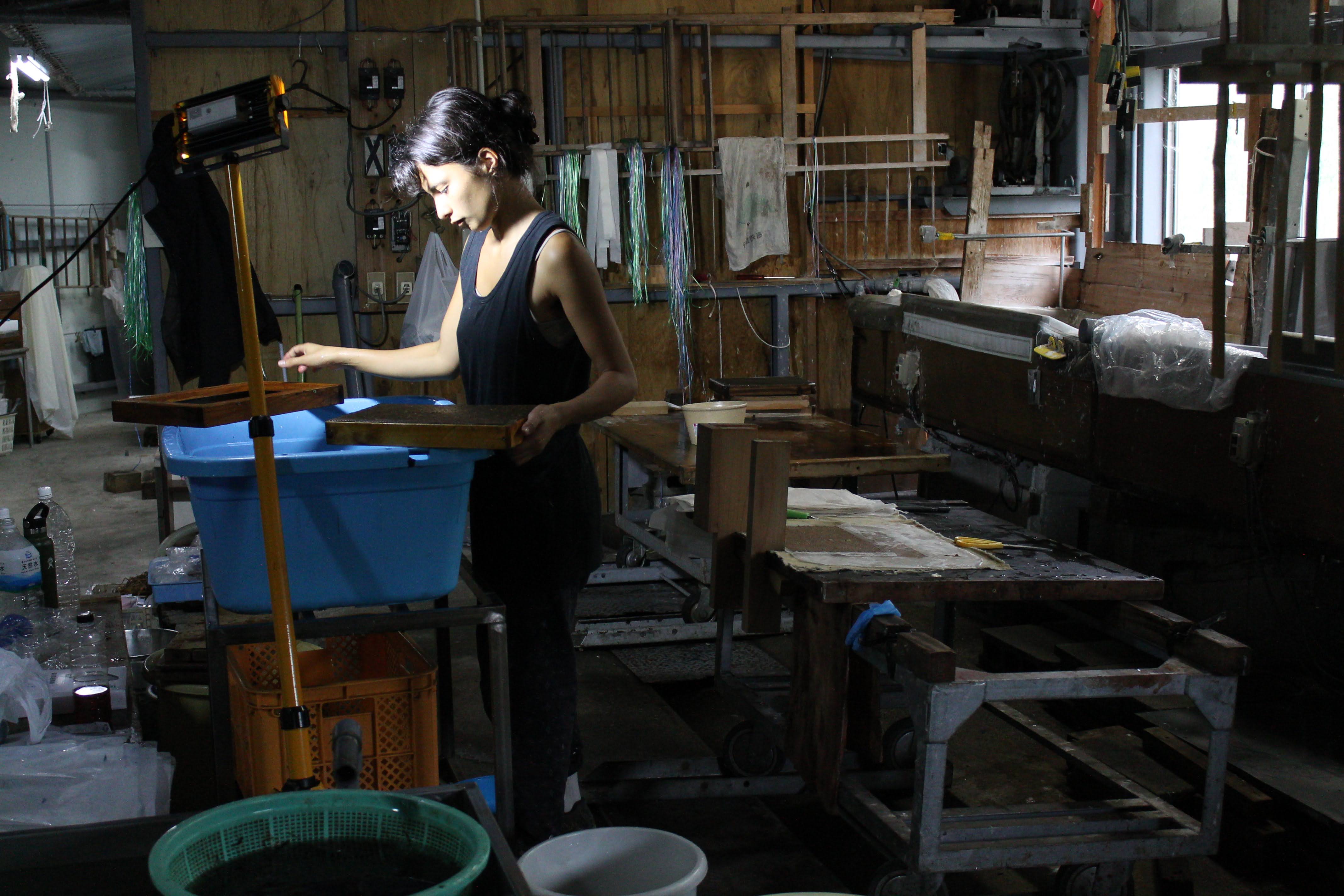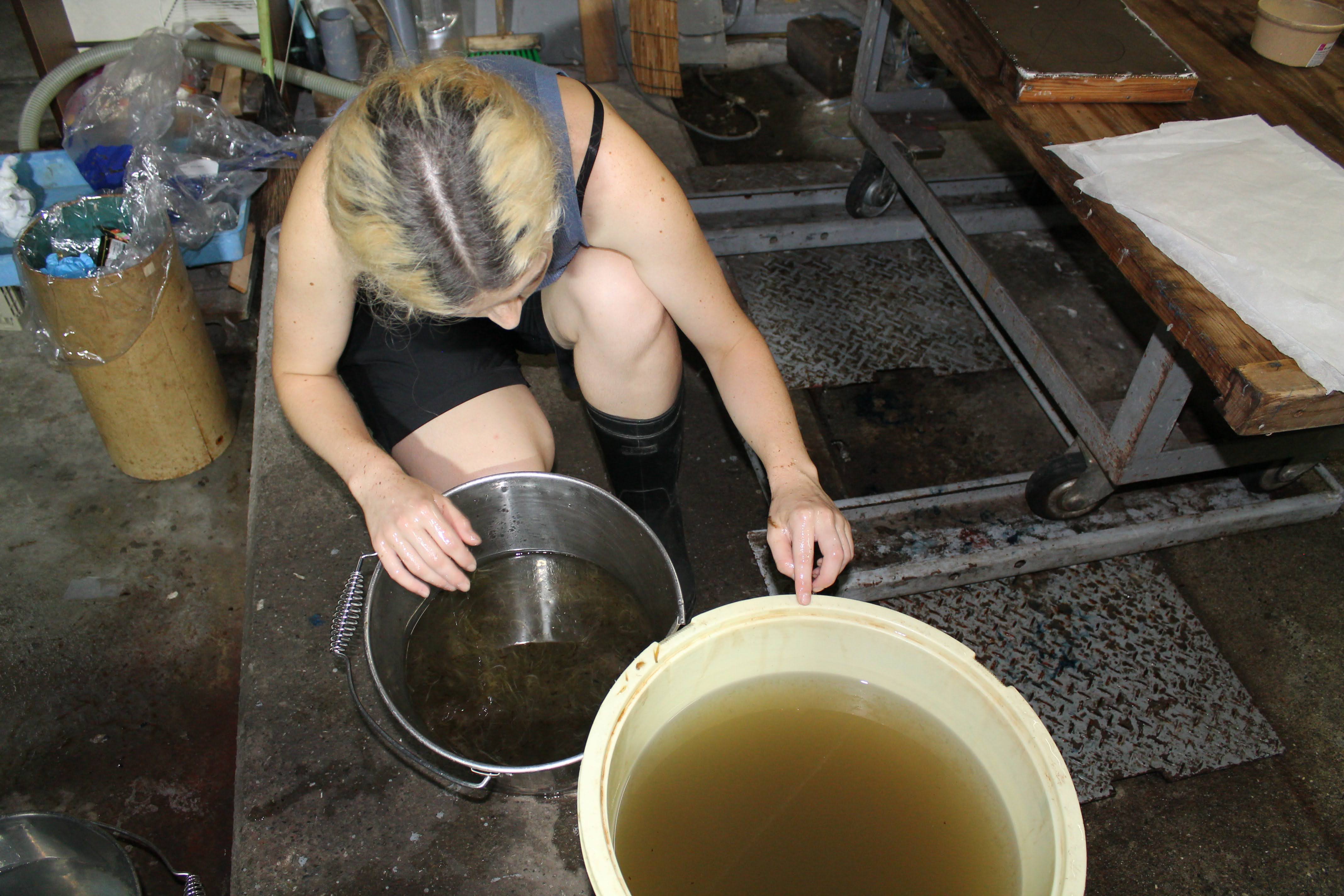Washi+ Artist Residency
June 2023 to January 2024
Kochi, Japan





The project is structured in two-parts within the scope of a year: an artist residency with Washi+ located in Kochi, Japan, and upon returning to Montreal/Toronto, Canada we will begin our research for adapting our practice with the use of plant materials based in the local urban-landscape.
Our initiative is based on building cross-cultural relationships and dialogue over handmade practices of production. We are curious about how papermaking can be embedded with both traditional and contemporary concepts. Throughout this residency we consider the material history and it’s affects on the ecology of local plant life and the relationships that become intertwined within the processes of papermaking which include ourselves being Canadian/ Japanese Canadian researching in Japan.
Our approach to making this paper revolves around the use of our hands, from collecting, forming, and making. There is always an aspect of touch, memory and relations that are interwoven into the material. This process of tactile learning builds language within our artistic practice and forwards a conversation about how materials communicate. Our process involves discovering how our tactile feelings translate to others. For us, the process isn’t just about making paper, it is a process to invite larger conversations through paper.
We acknowledge the support of the Canada Council for the Arts.

Field Guide
_Raw Material
_Pulp
_Dousabiki
_Kakishibu
Logbook
log1slow
log2residency
log3(vague)history